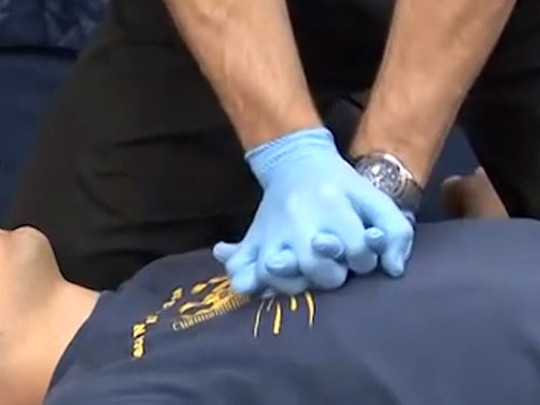
Melbourne: YouTube is full of videos depicting life saving techniques like Cardio-pulmonary Resuscitation (CPR) and Basic Life Support (BLS) but only a handful of these provide instructions which are consistent with recent health guidelines, says a new study.
A team of Turkish emergency medicine specialists reviewed educational videos from the last three years accessed via YouTube when the search terms “CPR”, “cardiopulmonary resuscitation”, “BLS” and “basic life support” were entered.
A total of 209 videos were analysed.
They found only 11.5 per cent videos to be compatible with CPR guidelines.
Of the thousands of videos produced by search results, most were excluded for a variety of reasons including being irrelevant, being recorded in languages other than English and being accompanied by advertisements.
“Although well-designed videos can create awareness and be useful as tools in training, they can never replace hands on instruction from a properly qualified health practitioner,” explained Paul Middleton, Fellow of the Australasian College for Emergency Medicine (Acem).
People wanting to learn CPR and BLS skills should seek out a properly accredited training course, he advised.
The study appeared in Emergency Medicine Australasia, the journal for the Acem).












